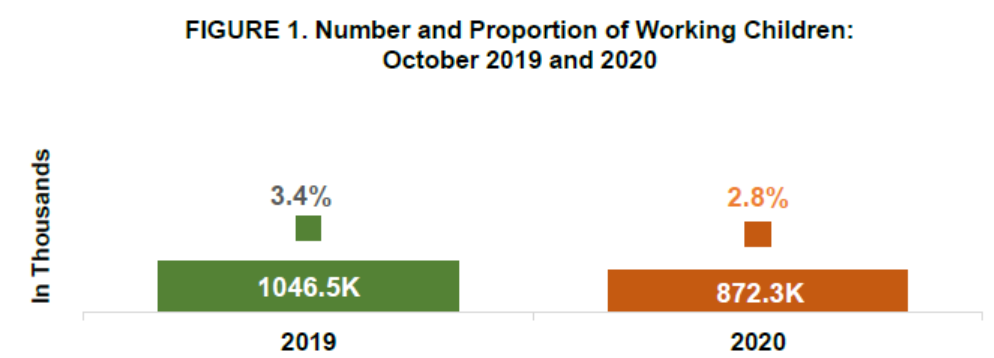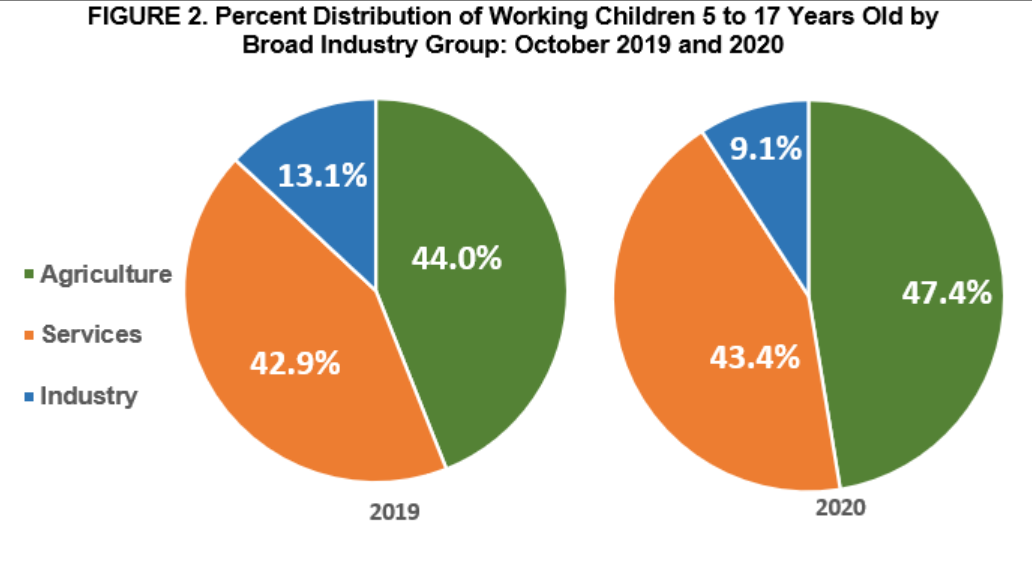At the moment, despite the progressive development of society, there are many problems related to human rights abuse. Of particular importance in this context is the violation of the rights of minors, which are used as cheap labor in many countries. It has many negative consequences for children, as it becomes the result of bodily and mental harm. This problem concerns many countries, but especially the abuses of children’s rights are characteristic of underdeveloped and poor states, which makes it necessary to create and strengthen existing legislative initiatives. Consequently, this essay will look at the Philippines as one of the countries in which this issue is particularly critical. The thesis of this essay is The Philippine government must make legislative and social transformations because of the harmful and harmful consequences of the abrogation of human rights in relation to minors.
Children are the foundation for the formation of society as they contribute to its development and advancement. In many countries, however, they are disregarded and are characterized as pernicious and consumerist. Thus, with the development of various industries and the growth of industries, the problem of child labor has become widespread in many countries. This issue requires attention since, because of it, many young boys and girls lose the opportunity to have a full-fledged, happy, and carefree childhood and face the problems of the adult world early. Child labor causes multiple negative consequences, both physically and psychologically (Omorogiuwa 680).
Moreover, children are deprived of the opportunity to socialize normally, receive education and further develop as a person and a member of society. The problem of violation of the rights of minors is especially relevant for the Philippine state, where “2.1 million child laborers are aged 5 to 17 years old and about 95 per cent of them are in hazardous work” (International Labor Organization para. 1). These statistics necessitate the clear consideration and implementation of the changes that are needed not only in this country but all over the world.
There are many reasons why child labor is such a widespread problem. One of them is the flaws in the law that allow employers to violate government-provided rules and regulations. One of them is “having the minimum age for work below the compulsory education age” (U.S. Department of Labor para. 11).
In addition, despite other aspects of the country’s law, many employers employ children unofficially. Another reason that contributes to this human rights issue worldwide is the high level of poverty. With many adults unable to provide for their families, children are forced to drop out of school and go to work. Thus, many families reduce their financial burden by sacrificing the well-being of their minors. At the same time, there are cases when this measure is initially seen as a temporary panacea but, over time, becomes a permanent reality for children.
The culture and level of education in the Philippines play a special role in the formation and development of this problem. Therefore, the lack of awareness and education reflects the fact that most families in the country do not know about the basic aspects of contraception. Because of this, men and women have a large number of children whose upbringing and maintenance become a significant problem for them. To cope with it, parents send their children to work, which results in child labor.
The danger is that if some work in the fields or in industries, in some cases, minors become victims of trafficking. These consequences ruin children and prevent them from fully developing and gaining the right to live their own lives. Regarding culture, family traditions are honored in Philippine countries. Thus, it is customary for people to have their children assist their parents throughout their lives. This action becomes an act of respect and honor for parents, which at the same time deprives the younger generation of achieving their own goals and realizing their ambitions.
To gain an understanding of the seriousness of the problem, it is necessary to pay attention to the statistical data provided by scientific sources. Hence, the conducted research showed that “of the 872 thousand working children in 2020, 582 thousand or 66.7 percent were boys while 291 thousand or 33.3 percent were girls” (Philippines Statistic Authority para. 3). Moreover, Figure 1 provides information that there is a positive trend regarding the decreasing number of working children. In addition, most of the minors are involved in the agricultural industry in the Philippines, while the rest are employed in industry and services. In these areas, children work overtime, i.e., more hours than required by the country’s laws. Moreover, many employers hire children who are under the legal age for this type of work.


Furthermore, the problem of human rights at the expense of the work of non-adolescents is particularly influential, both culturally and socially, and legally. These aspects have a special influence and are related to each other. Thus, a holistic approach is needed to address them. It is worth noting that the low level of education applies not only to parents but also to the children themselves. Because they are not properly educated, they don’t have the knowledge of what opportunities the world has to offer them. Consequently, from this fact, they are content with what they already have and do not imagine another life. This realization is both motivating and motivating to find a way to help children have a better life free of this problem.
Based on the above information, it can be concluded that to solve this problem, it is necessary to introduce specialized measures. At the same time, it is important to note that the problem of neglecting the labor of minors has been a critical issue for many years. Thus, its solution will require a long time and the expenditure of state resources. Therefore, the literature reviewed showed that one of the driving forces to transform the current situation could be to support low-income families in which children work. Thus, “large, one-time transfers to poor families are a fundamental piece of the anti-poverty toolkit” (Edmonds and Theoharides 102486).
This type of financial aid has been shown to be effective in improving the health and well-being of family members. Moreover, with the improvement in the financial well-being of families, children do not need to work. However, the main limitation of this method is that in cases of lack of education and economic literacy, people can spend money that has been provided to them by the state. Because of this, there is a need to develop monitoring measures to track the real effectiveness of the transfers.
A great deal of attention in this essay has been paid to the decreased level of education of the population of underdeveloped and poor countries. Further, the next initiative to address the problem of the violation of the human rights of minors becomes an emphasis on public awareness. This is due to the fact that by drawing people’s attention to the problem, collective action can be taken to limit it. Therefore, if states can unite and take measures to improve the existing legislation regarding the issue of child labor. In addition, public awareness can influence producers and employers to change their work policies. Research stated that “the firm can deter the supplier’s child labor employment by offering a sufficiently high wholesale price or simultaneously using internal inspections and a medium wholesale price” (Cho et al. 710). Thus, their motivation for them can be a concern for reputation and making a positive contribution to society because, for many consumers and stakeholders, a positive reputation is important.
In conclusion, the government of the Philippines and other countries should take steps to change the law and make public awareness to limit the problem of child labor abuse. This problem requires immediate action because children are the most valuable aspect of society. They are the main driver of development and those who contribute to the development and movement of life forward. In addition, the problem of the violation of their human rights deprives minors of their childhood, the most invaluable experience that affects the formation of their personality.
Works Cited
“Child Labor and Forced Labor Reports.” U.S. Department of Labour, no date. Web.
“Child Labour in the Philippines.” International Labor Organization, no date. Web.
Cho, Soo-Haeng, et al. “Combating Child Labor: Incentives and Information Disclosure in Global Supply Chains.” Manufacturing & Service Operations Management, vol. 21, no. 3, 2019, pp. 692-711.
Edmonds, Eric, and Caroline Theoharides. “The Short Term Impact of a Productive Asset Transfer in Families with Child Labor: Experimental Evidence from the Philippines.” Journal of Development Economics, vol. 146, 2020, p. 102486.
Omorogiuwa, Tracy BE. “Troubling Childhood: The Physical and Health Issues Experienced by Child Laborers.” Social Work in Public Health, vol. 35, no. 8, 2020, pp. 679-688.
“Working Children and Child Labor Situation.” Philippines Statistic Authority. 2021. Web.
